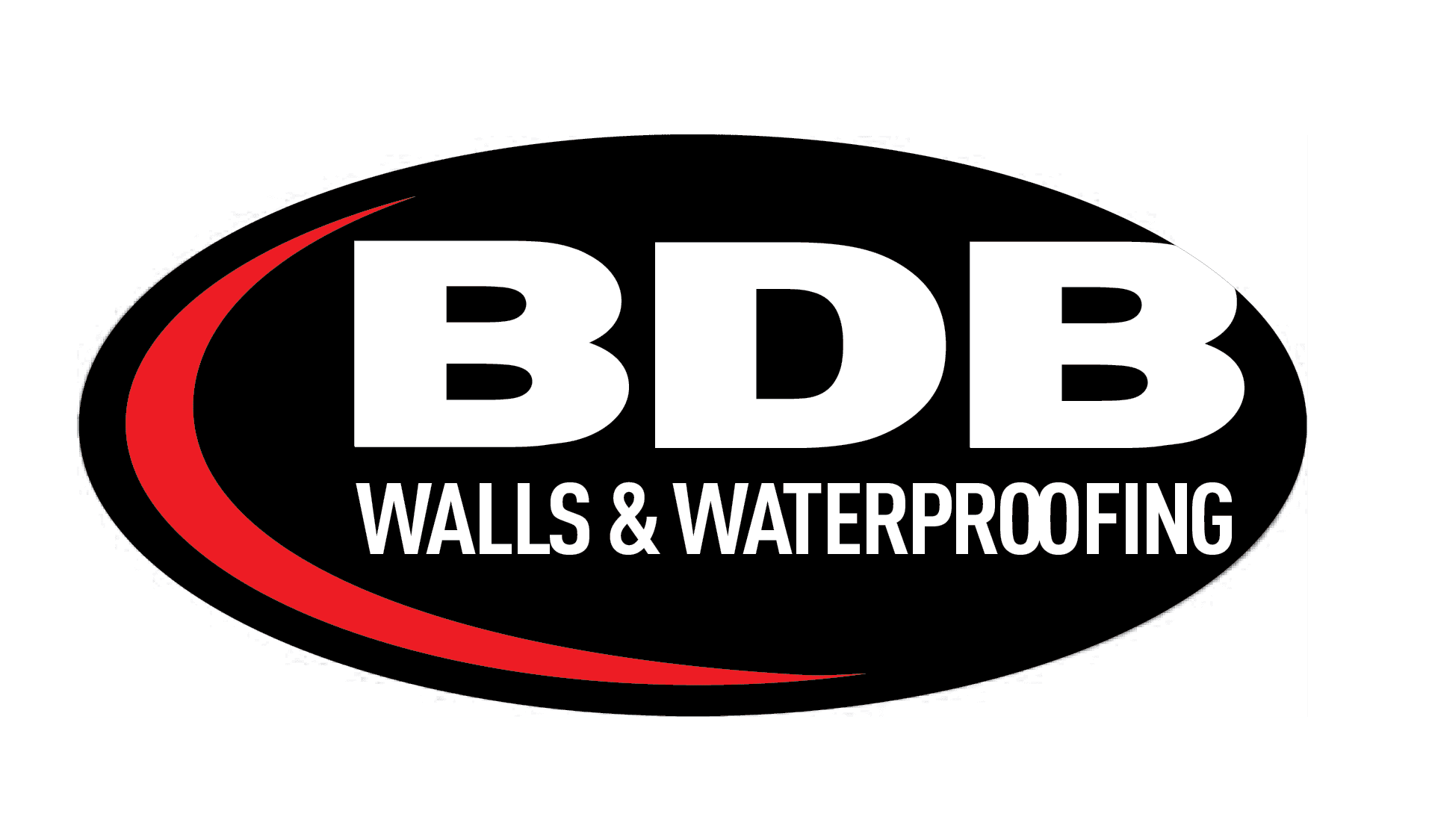Concrete block used for foundations can develop unique problems. They are strong when used to carry vertical loads. But, they begin to fail when there is too much horizontal pressure against the foundation. This results in mortar joints cracking and walls that bow inward.
Here are 4 steps to repairing a basement block wall:
1. Get an inspection
Contact BDB Waterproofing to schedule an inspection by one of our experts. They will be able to assess any damage you may have noticed such as cracks to the interior wall of your basement which can be a potential sign of serious structural damage to your foundation. We can diagnose the problem and recommend next steps to reinforce your home.
2. Avoid DIY actions that can make the damage worse.
Basement block wall issues can run from cosmetic to severe structural issues that can be very costly. Horizontal cracks may be caused by saturated expansive soil in your yard, which puts lots of pressure on your home’s foundation. Left alone, mold and mildew can creep into the wooden structures of your home and lead to rot over time. That said, proceed with caution and think carefully before going the DIY route. If an engineer deems the crack cosmetic in nature, you may be able to tackle the job yourself. For severe damage or projects with underlying issues, you may need to bring in a pro.
3. Choose Your Reinforcement Material
There are a few different solutions for fixing basement block walls, and some may be better than others depending on your situation. Below are some popular methods used to combat hydrostatic pressure on your home.
Hydraulic Cement
Hydraulic cement can be used as a temporary solution for cosmetic issues that are relatively mild temporary solution. This type of cement can set and dry in wet conditions, which helps prevent outside moisture from entering your basement. It is important to note that this will need to be replaced every few years. It is more of a temporary glue used to keep water out while monitoring the minor damage before it gets worse.
Carbon Fiber
If bowing of your basement block walls is two inches or less, a good option would be utilizing Carbon fiber. Carbon fiber is a popular material to reinforce bowing basement block walls because is it is stronger than steel and easier to install. Many carbon fiber strips come with a lifetime warranty.
Epoxy Crack Injections
Epoxy injections are commonly used to reinforce cracks in a block wall. Similar to hydraulic cement, it is easy to apply and can be used in all the areas where damage is present. This makes it a good solution for masonry block or cinder block walls, where cracks may be in different locations.
Wall anchors
Anchors can be used to counteract the hydrostatic pressure being applied on the wall from the soil surrounding the home. The anchors used by BDB Waterproofing are made of strong, durable materials, and coated with a galvanizing agent to prevent deterioration. They have a low-profile wall plate that can easily be painted over or finished.
4. Monitor Your Basement Block Wall
A bowing or cracked basement block wall is a serious issue that should not be ignored. Whether you choose a temporary fix or a permanent one, you should continue to monitor the block walls in your basement and take swift action if circumstances change.
Schedule Basement Block Wall Repair Today
When it comes to repairing your basement block wall, there’s no one you can trust quite like BDB Waterproofing. Contact BDB Waterproofing at 402-779-3165 or use the contact form on our website.

